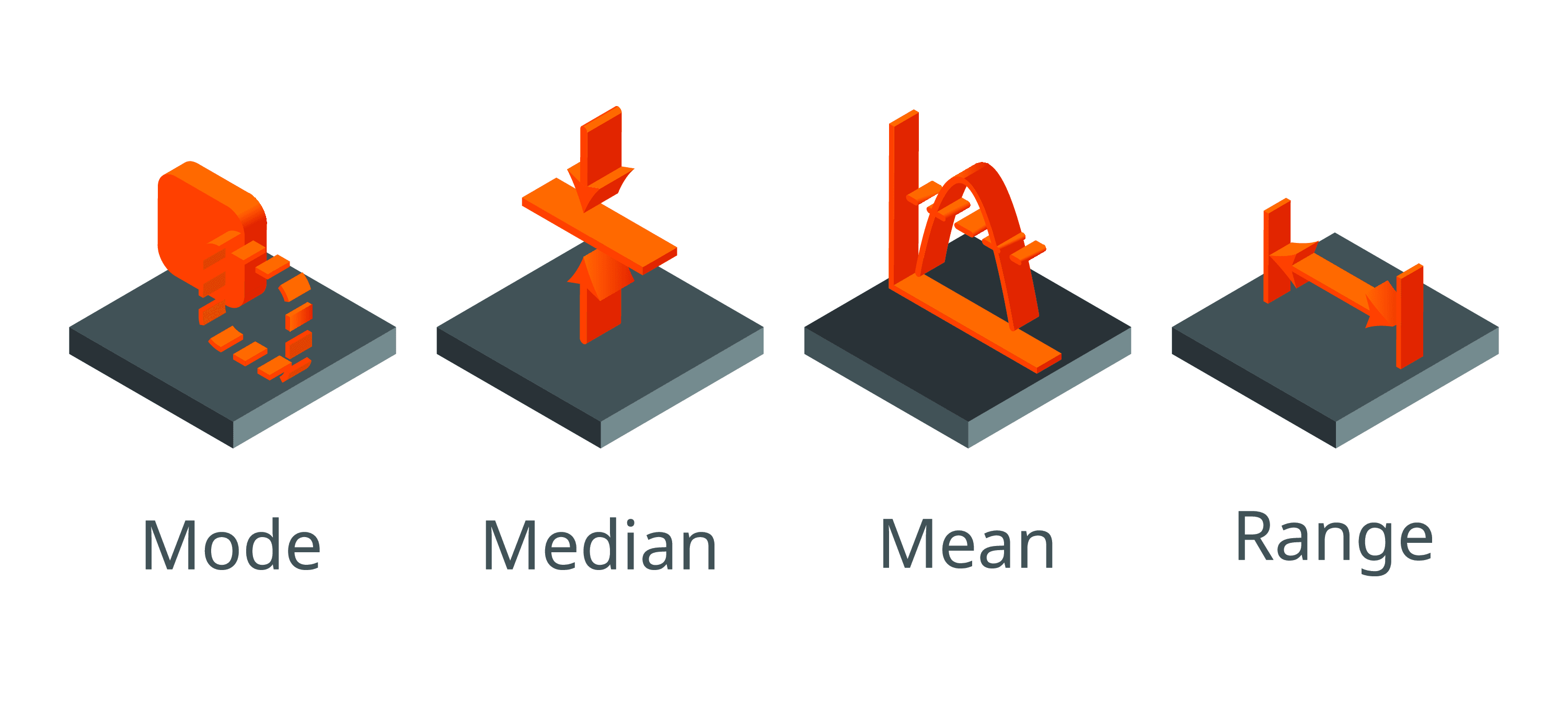Post-test probabilities: to believe, or not to believe, that is the question
Posted on 27th May 2014 by Abdelrahman Yousry

If I were to tell you that “the banana’s that grow locally here, are the best tasting in the world” what would make you believe me?
First, you would want to know where HERE is. If we we’re standing in Northern Canada, there’s a very low probability that you would believe me, but if we were in one of the sunny Caribbean islands, that probability would certainly increase.
Next you may want to know what criteria I may be judging the taste by – is there an objective test that helped me decide what quantifies the best taste?
Enter Post-Test probabilities.
We’ve talked about the pre-test probabilities, specificity and sensitivity, and how those statistics can help us to anticipate what the result of the test might show, before we’ve used the test. Now let’s put that test into the field, and obtain a result. How do we interpret the test result we obtain? We rely on the post-test probabilities.
Simply put, the post-test probabilities of positive-predictive value (PPV) and negative-predictive value (NPV) help answer the question “how much do I believe the result a test has given me.”
Look at the equations of PPV and NPV.
PPV = TP / (TP + FP)
NPV = TN / (TN + FN)
If we think of this in terms of clinical disease, a true positive (TP) would be someone who has a disease and test positive for the disease using our test. Likewise, a true negative (TN) disease would be a healthy individual who tests negative for the disease using the test.
This means that PPV tells us out of all of the positive test results, how many of them actually have the disease. And the NPV tells us out of all of the negative test results, how many of them of them are the healthy individuals.
When both the NPV and PPV increase, becoming closer to 100%, this implies that the test does a greater job at deciphering those from disease and those without. Think about if the PPV were 100%. This would mean that there are no false positive. In other words, no one who is actually healthy would have a positive test.
We’re in the field, so the field demographics matter
Does our perception of the post-test probabilities change depending on where we use the test? The answer is YES!
Recall from the beginning, you would believe me more that “the banana’s that grow locally here, are the best tasting in the world,” if I’m saying that statement from the Caribbean islands, simply because it is known that more bananas grow there. You could say that there is a higher “prevalence” of locally grown bananas in the Caribbean, compared to Northern Canada for example. So, if we were to objectively test for the best tasting bananas in the world, there is a greater chance that the best tasting bananas come from the Caribbean simply because there is a great amount of bananas there.
Thus the PPV and NPV are subject to change, based on the environment they are derived from. Unlike specificity and sensitivity, the post-test probabilities vary with the prevalence of a disease in a population.
The clinical interpretation
Let’s imagine there is a new blood test that can test for the presence of malaria, with the simple prick of a finger. Our pre-test probabilities tell us that the test has a sensitivity of 95% and specificity of 95%, so it would be a good test to use.
Now, we use the malaria test on a patient suspected to have malaria, and the test is positive. So, do you tell the patient they have malaria? Or could they be healthy, and this is a false-positive test?
It depends where you are in the world! In places where there is a higher prevalence of malaria, the PPV of this new malaria test may be 90% or higher for example. Meaning that 90% of the time the positive result indicate a true disease. And it would make sense that in a place with a lot of malaria encounters, you would believe that a positive test for malaria is likely true.
Just remember that the general rule is the following:
- when the prevalence of a disease increases, PPV increases.
- when the prevalence of a disease decreases, NPV increases.
How do you like them “bananas?”
For more information and cases on pre-test and post-test probabilities check out http://www.ncbi.nlm.nih.gov/pmc/articles/PMC2636062/



